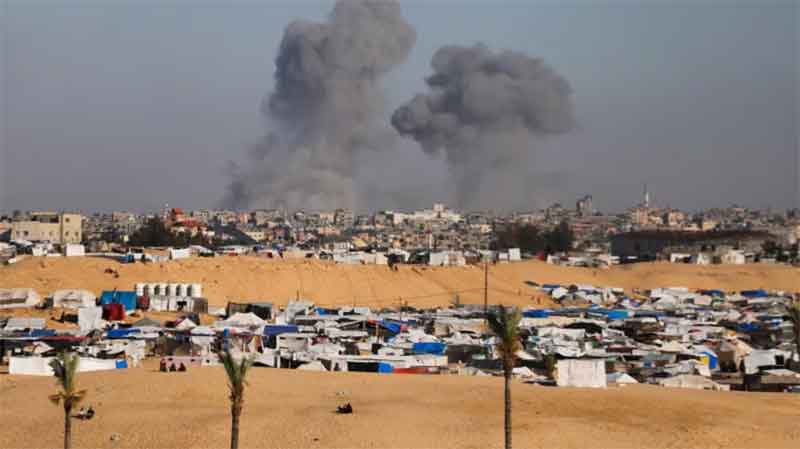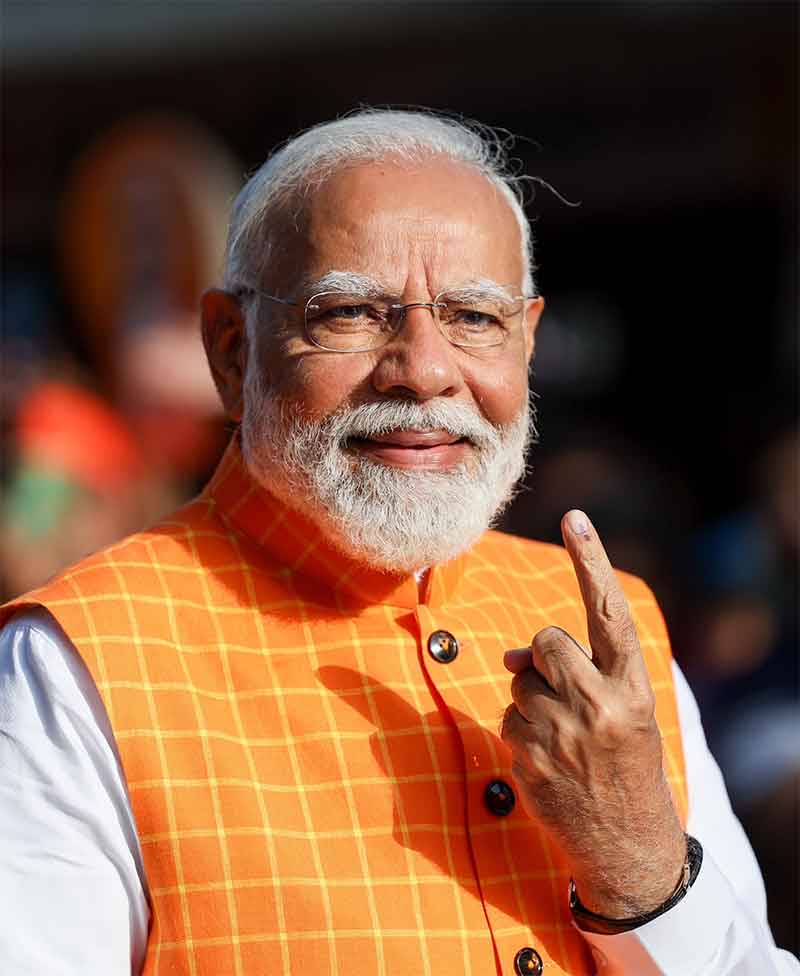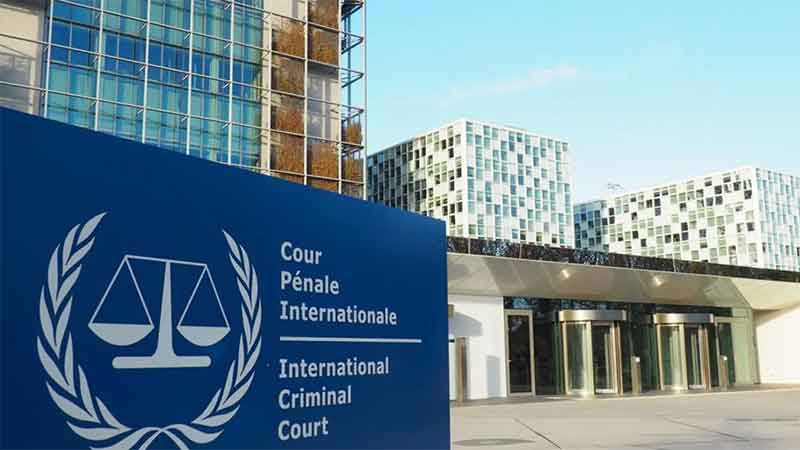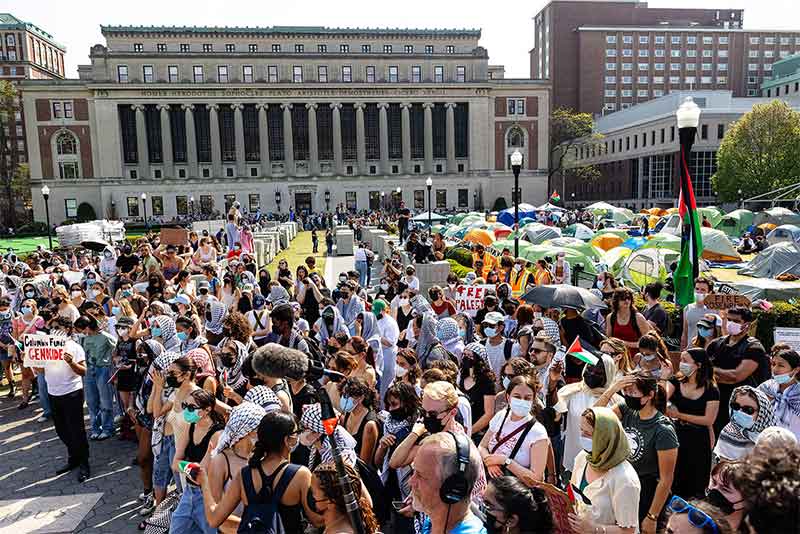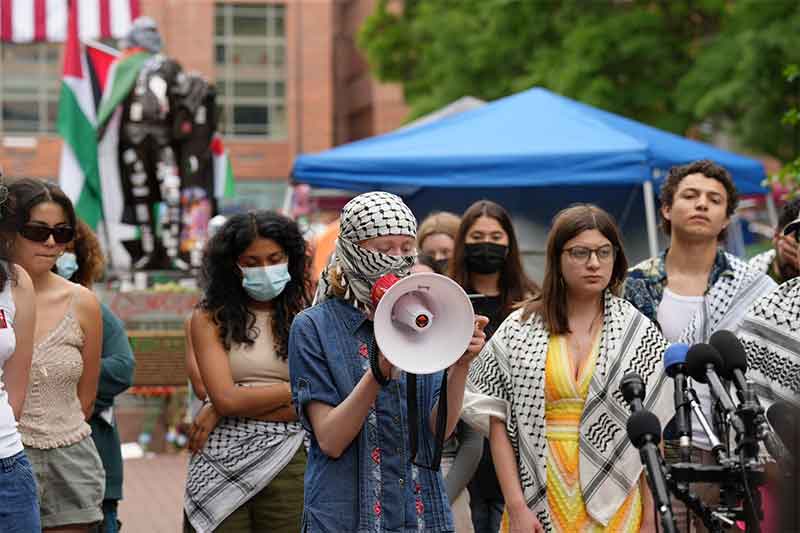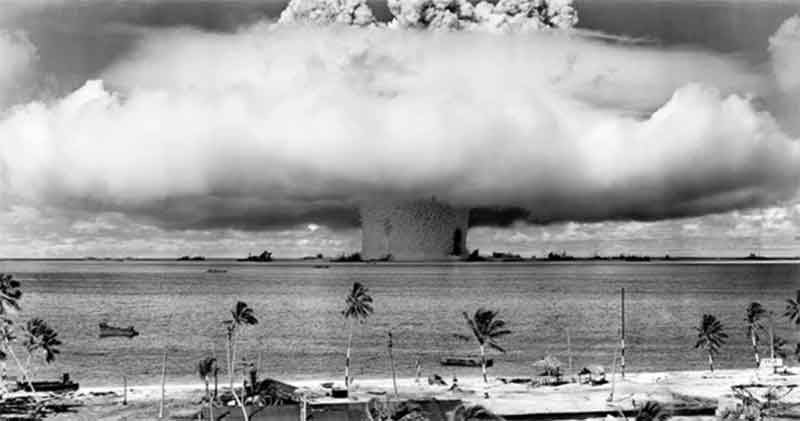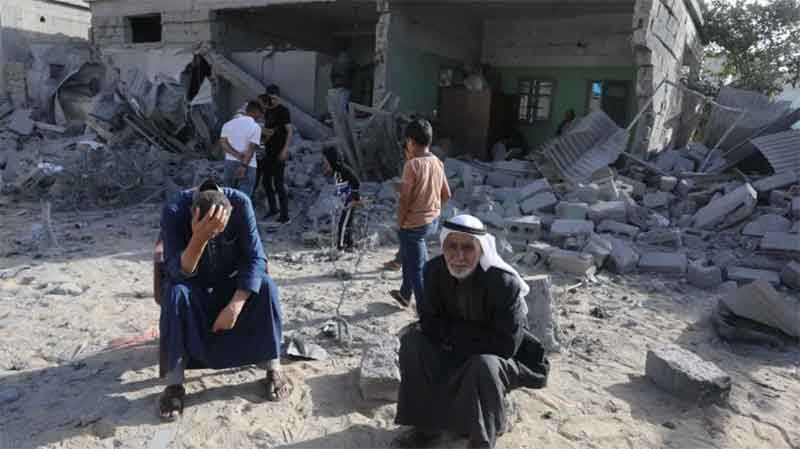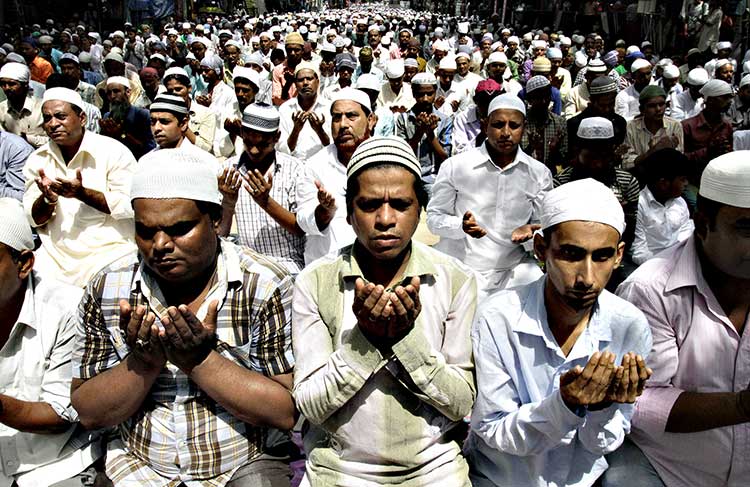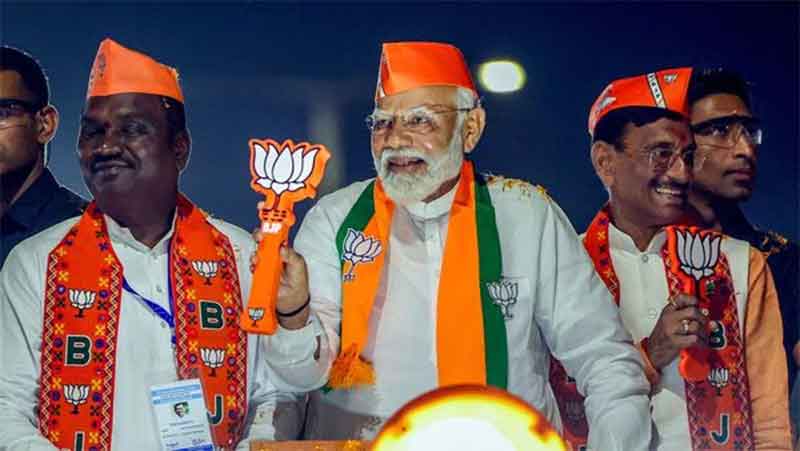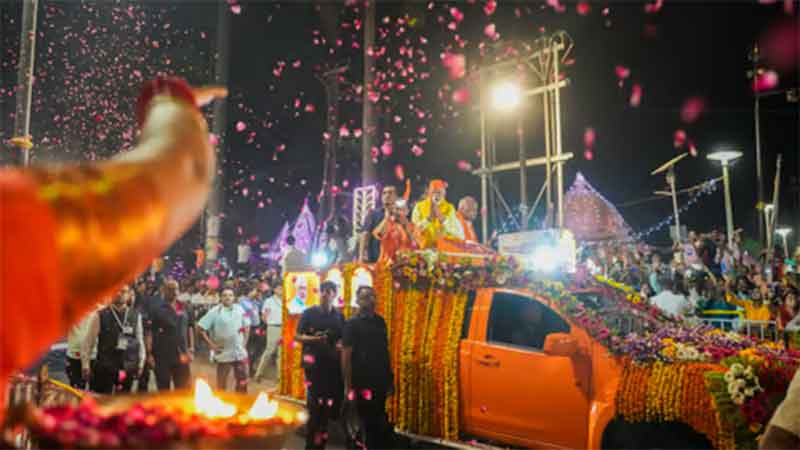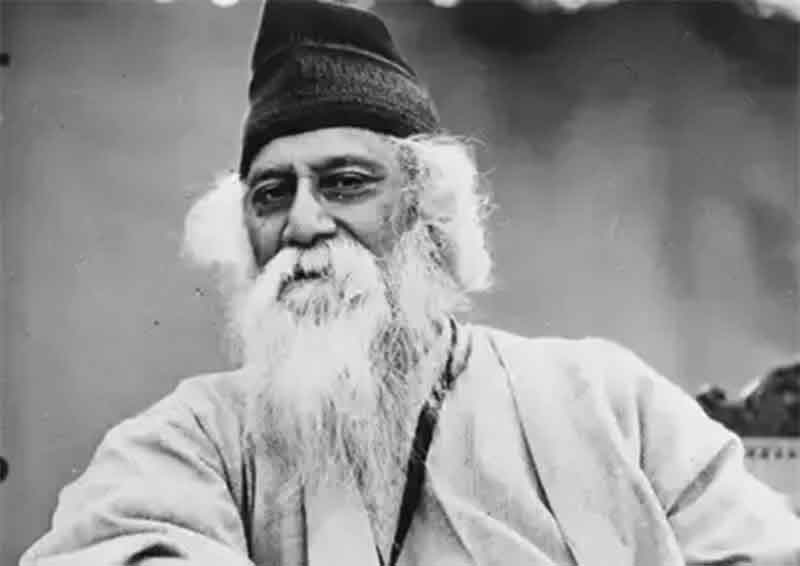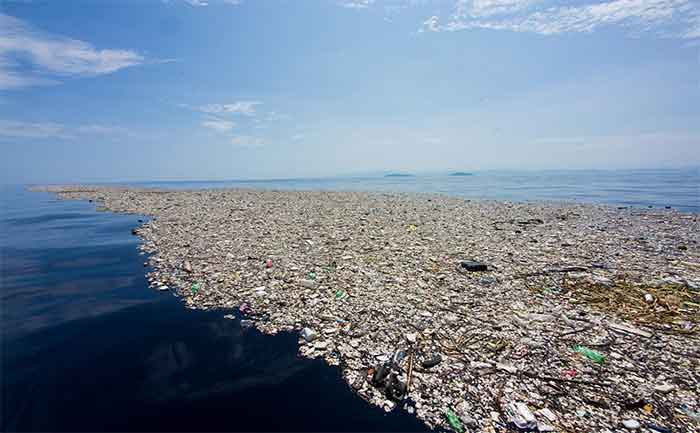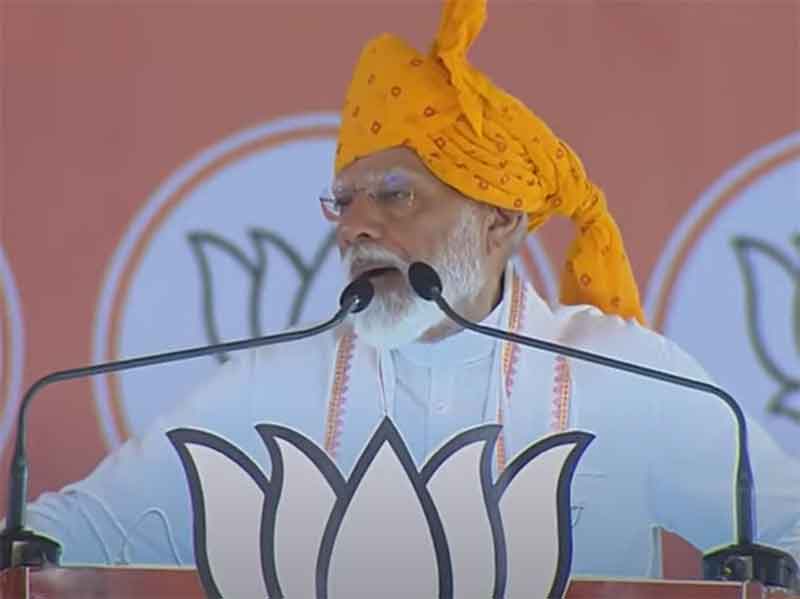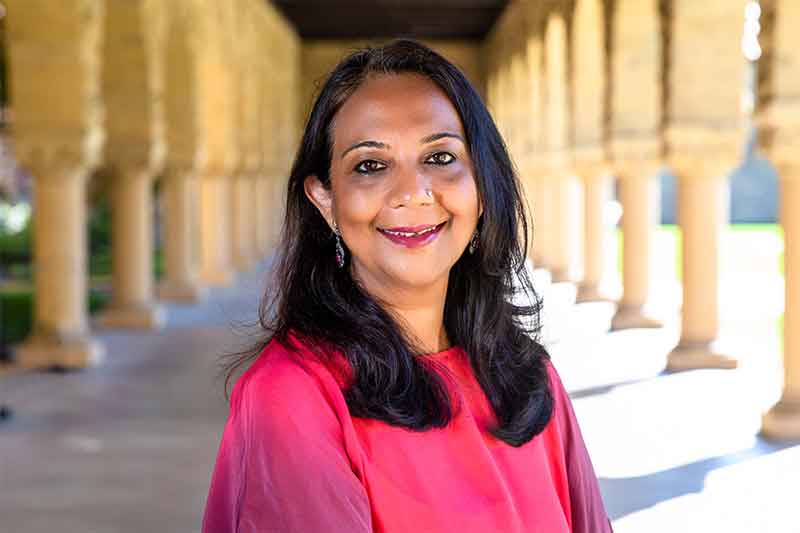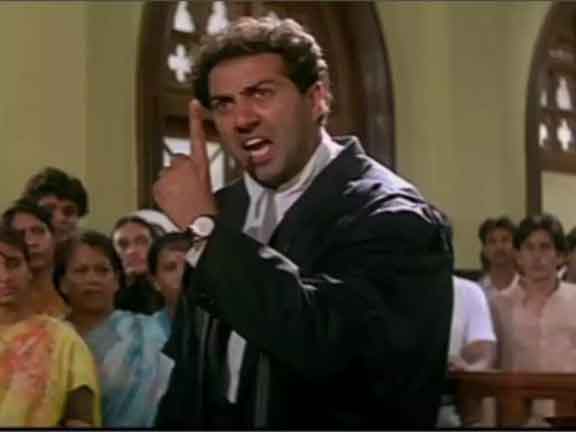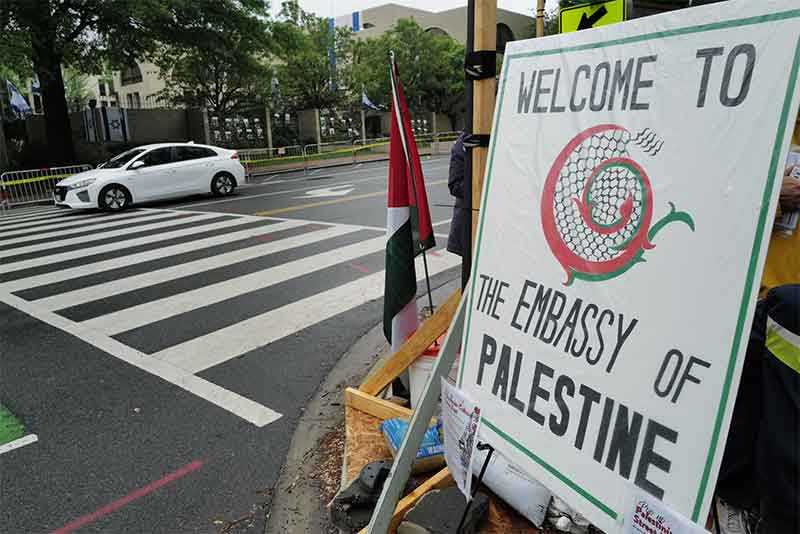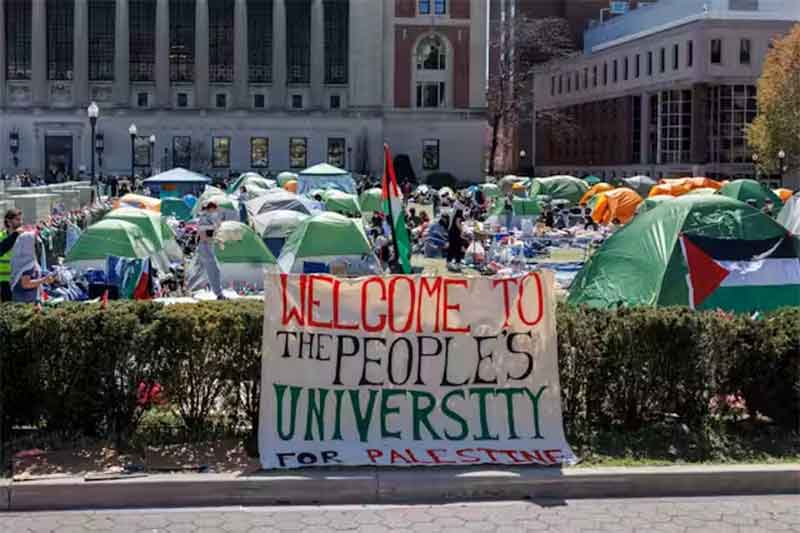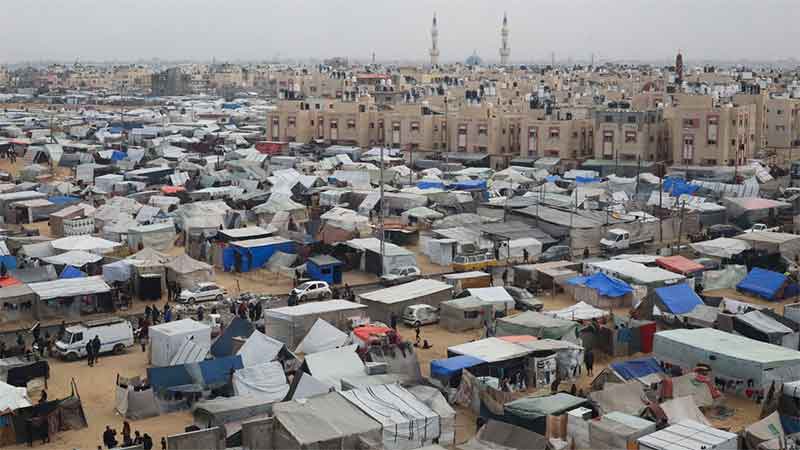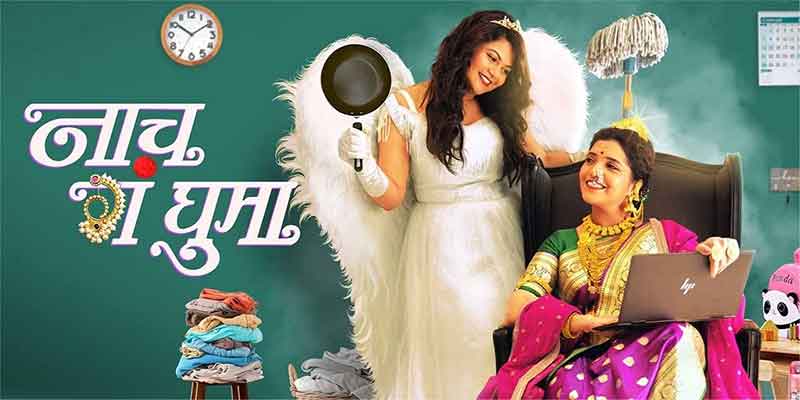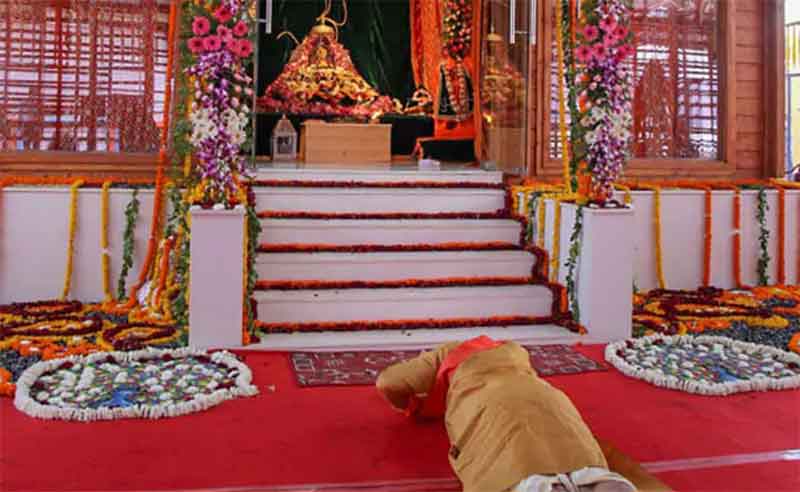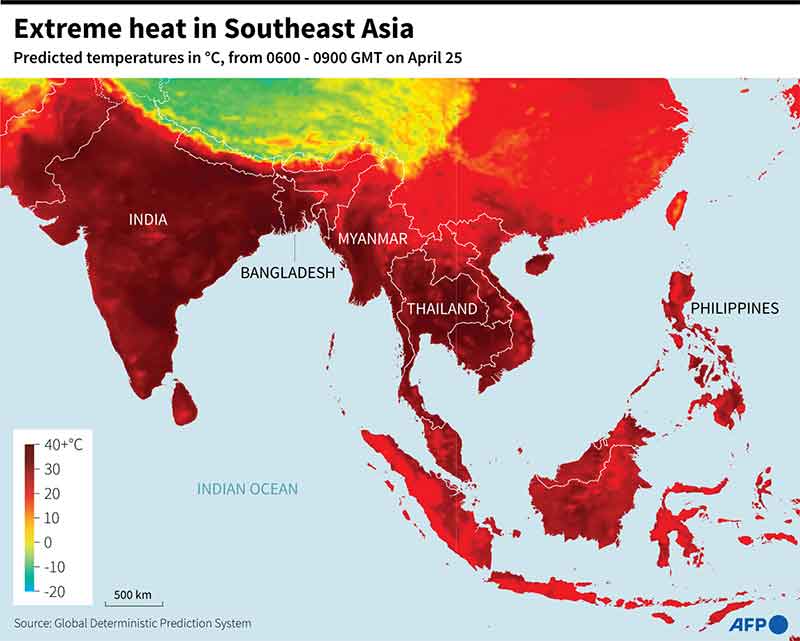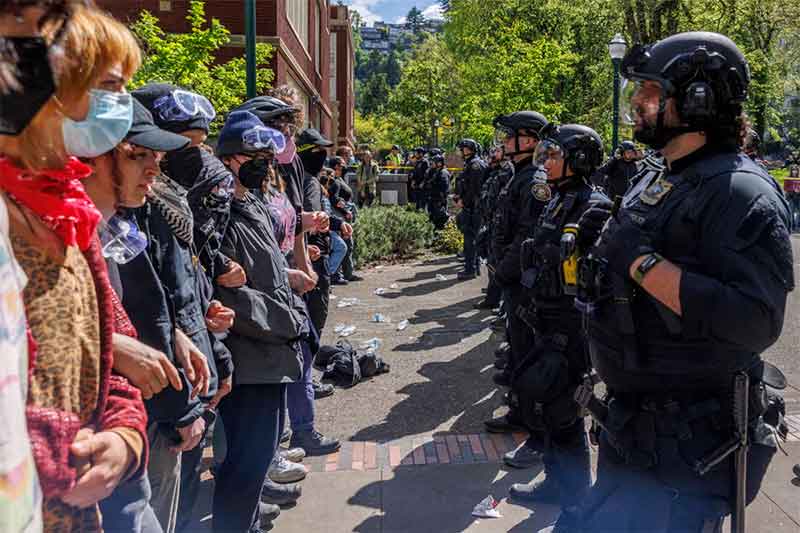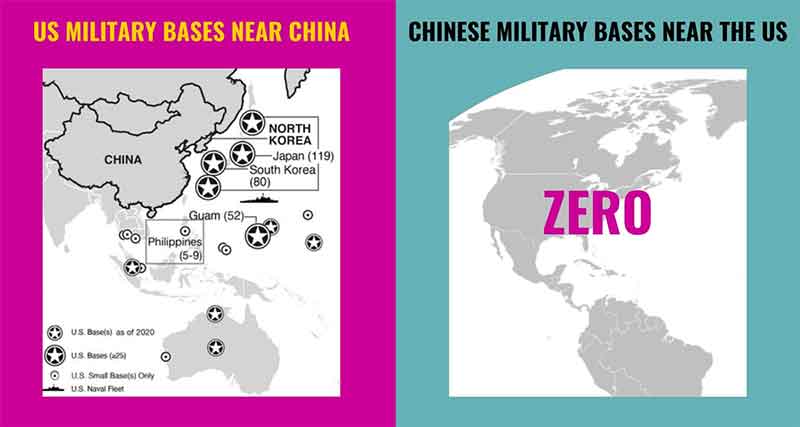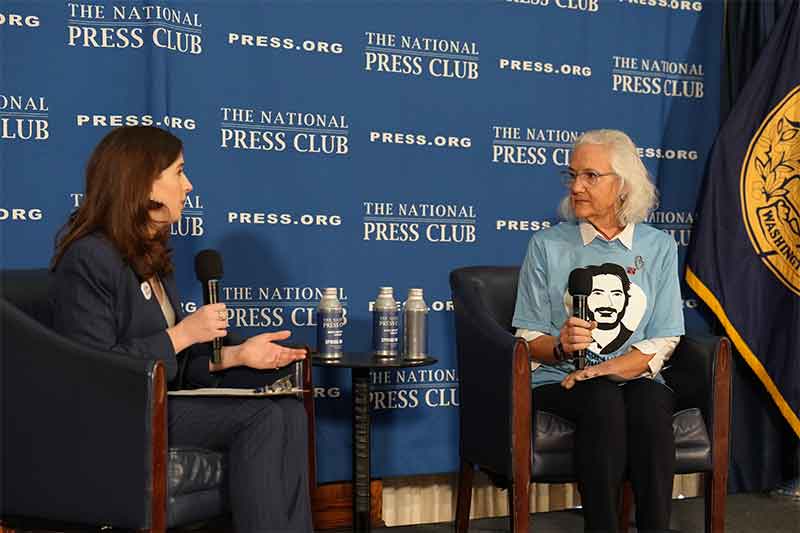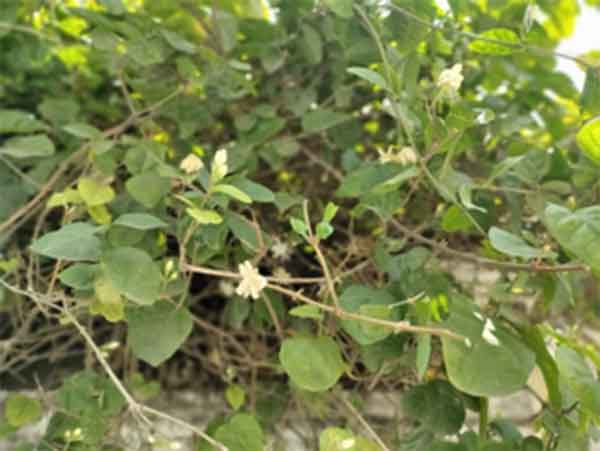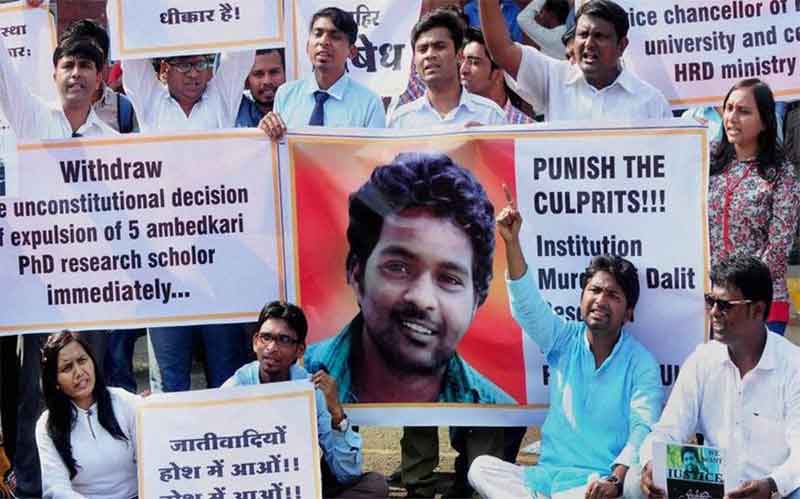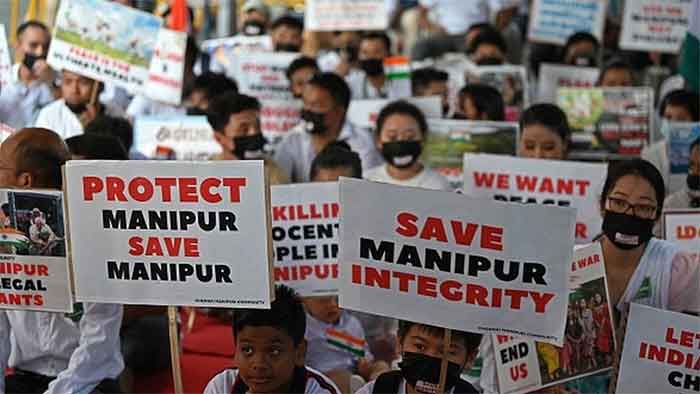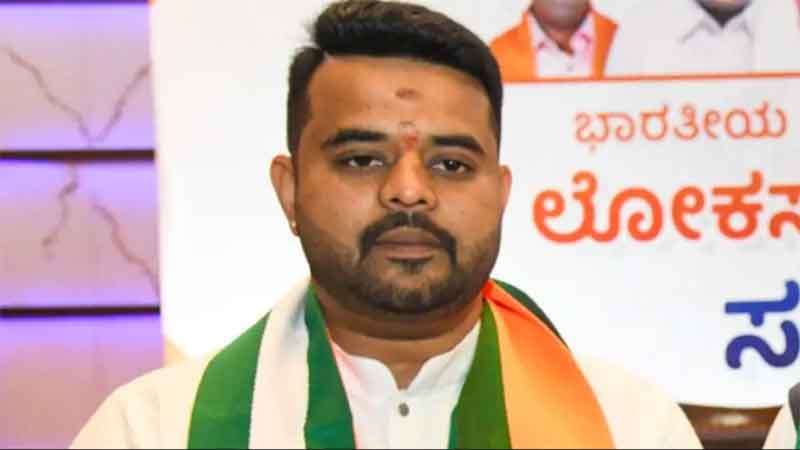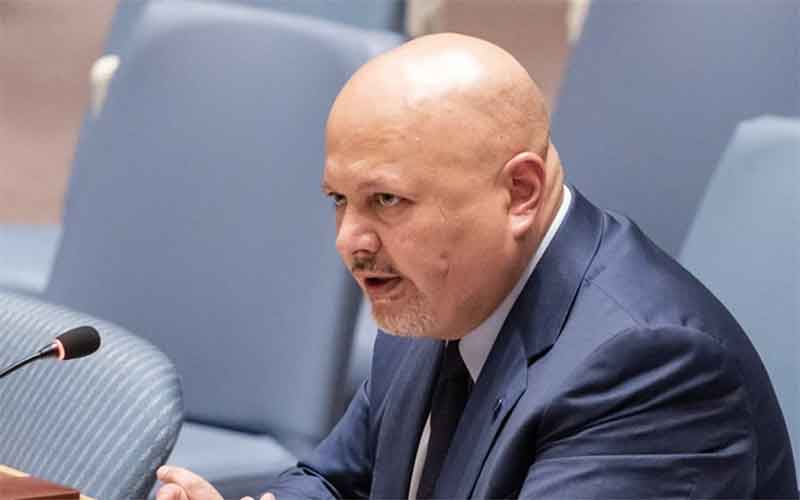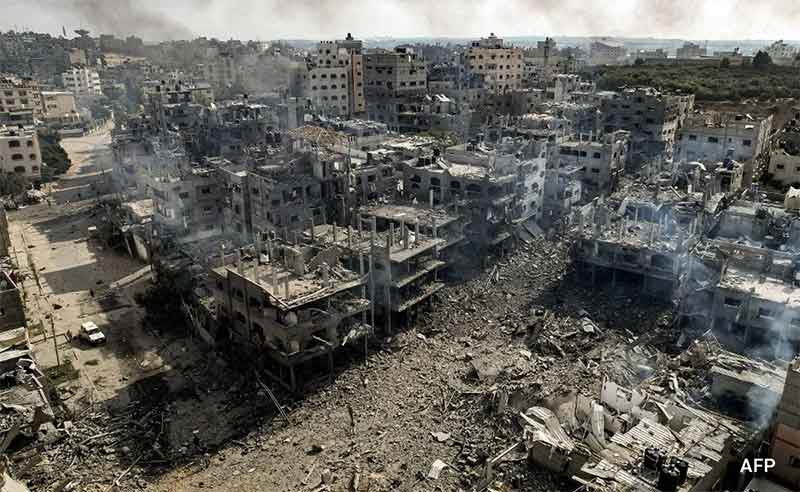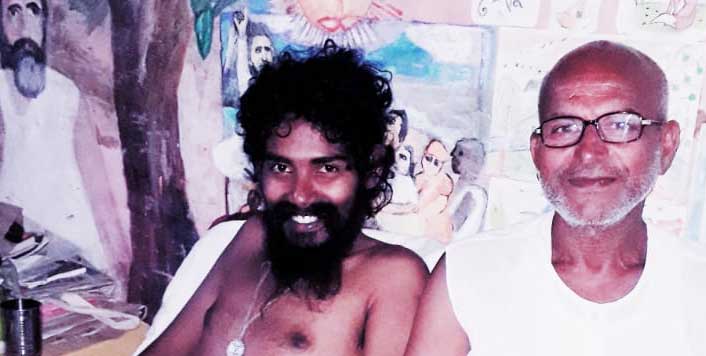
Atmabodhananda (left) at Matri Sadan Ahsrama[1] Haridwar, 26-04-19
Photo courtesy – Whatsapp Group নদী বাঁচাও জীবন বাঁচাও (nodi banchao jibon banchao)[2]
It was afternoon of 25-April. Director of National Clean Ganga Mission Mr Rajiv Ranjan Mishra and Executive Director (Projects) Mr G Ashoke Kumar rushed to Matri Sadan Ashrama at noon and talked with Atmabodhananda. They assured that within a week they would give in writing their decision to postpone construction of the proposed dams and also stopping ongoing construction works of four big dams on Ganga. On this basis, Atmabodhananda, on fast since 24-October 2018, decided to postpone his decision of stopping water intake from 27-April till May 2, but continued his fast.
Incidentally PM Modi was scheduled to arrive Benaras on that same day, 25-April, to perform ‘Ganga-Aarati’, to make road shows and on the next day, submit his candidature for Benaras constituency.
Atmabodhananda, a 26-year-old once computer-science student from Kerala turned Bharmhachari, has been fasting since October 24, 2018, at Matri Sadan Ashrama in Haridwar, barely two weeks after Prof Agarwal or Swami Gyan Swaroop Sanand died there fasting for the river Ganga on Oct 11 after 112 days of fast. Of late, Atmabodhananda has been refusing to take glucose with water and he also declared his wish to stop taking water from Apr 27. Their demands are: cancellation of all existing and proposed dams on the Ganga and its tributaries, prohibition of mining and forest cutting in its highest floodplains and constitution of autonomous Ganga Council and a special Ganga protection law. Writing on the issues taken up by Prof Agarwal, Banjot Kaur reports: “In his letter to Prime Minister Narendra Modi on June 13, 2018, the 86-year old had demanded that all hydroelectric projects along the Alaknanda, Dhauli Ganga, Mandakini and Pindar rivers (the streams and rivers which lead to the making of the Ganga in Uttarakhand) be stopped to ensure natural flow of the river. He had also demanded that mining be completely stopped here, especially in the Haridwar-Kumbh region. … Also, it is not that these fasts have never moved governments. Jairam Ramesh, the then Union environment minister of UPA ministry, heeded to demands of GD Agarwal in 2010. He did not let two hydel power projects — Bharon Ghati and Pala Maneri — start on the Bhagirathi and Loharinag Pala was stopped.” (Down To Earth, 23-Apr-2019) Before Swami Sanand several other saints of this ashrama died fasting to pressurise the govt on these issues, one saint, Gopal Das, ‘disappeared’, 32-year-old Swami Nigamananda died on June 13, 2011 after 115 days of fast.
But are these demands so urgent and necessary that some persons may think of fasting to death for these, and many others are coming out in support? Even in this feverish atmosphere of parliament election, almost every day in some place or other in our country some protest is taking place in support of the fasting seers and in support of the demands. In Benaras, Modi’s constituency, sadhus assembled and agitated. Thousands participated in many protest marches in West Bengal, UP and other states; in one such recent march, Delhi to Haridwar, hundreds from different walks of life participated. People from various parts of the country are vising Matri Sadan to express their support and solidarity towards the movement. Continuous agitation could compel the print media to give some space to news regarding this movement.
What might be the reasons of these demands of Aviral (uninterrupted) and Nirmal (Clean) Ganga? These are not just some spiritual or religious desires to save the ‘holy’ river. The NMCG (National Mission of Clean Ganga) portal declares: “A comprehensive River Basin Management Plan for Ganga is being prepared by the consortium of seven Indian Institutes of Technology (IITs) (Kanpur, Delhi, Madras, Bombay, Kharagpur, Guwahati and Roorkee). The Plan is being prepared with the objectives of taking comprehensive measures for restoration of the wholesomeness of the Ganga ecosystem and improvement of its ecological health, with due regard to the issue of competing water uses in the river basin. The wholesomeness of the river can be grasped in terms of four defining concepts: “Aviral Dhara” (Continuous Flow), “Nirmal Dhara” (Unpolluted Flow), Geologic Entity, and Ecological Entity.” We may recall, Swami Gyan Swaroop Sanand or Prof G D Agarwal was one of the pioneers of Environmental Engineering in our country, taught for many years at IIT-Kanpur and he was behind the creation of Pollution Control Boards at centre and states.
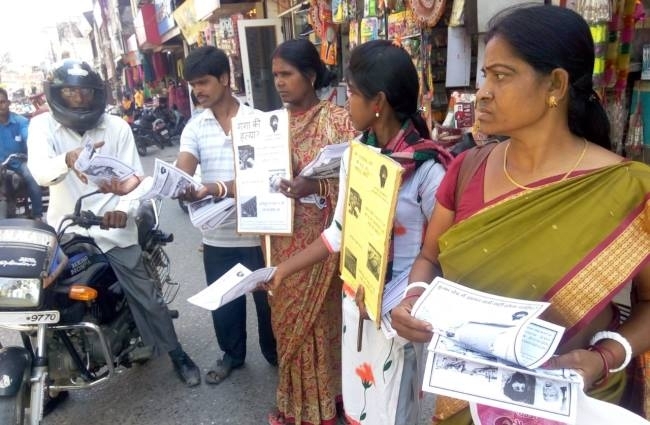
Save Ganga Activists campaigning at the Sunderbans, near the Bay of Bengal
Picture courtesy – Dainik Jagran, 24-Mar
(https://www.jagran.com/uttarakhand/haridwar-orgnise-programe-for-save-ganga-19069092.html)
Scientists have done rigorous analyses before presenting their views in the SWOT analysis report made by 7-IIT consortium. The IIT SWOT study [Dec 2011] remarked – “The upper and lower Ganga canals have diverted almost entire amount of the river flow in Uttar Pradesh. This diversion has reduced the capacity of the river to absorb pollution as absence of adequate flows has affected the process of dilution.” And if we bother about aquatic animals, they face a severe threat — every time their corridor is cut into separate pieces, their habitat suffers fragmentation, they experience reduced propagation rate; less diversity and reduced genetic pool threaten ecosystems. For example, the barrages and dams are also responsible for reduction in number of our national aquatic animal – the Ganges Dolphin. It was very disheartening to learn for environmental scientists that the Ganga Manthan meet organised by the NDA govt did not focus on urgent environmental needs like ensuring more and freer flow of the Ganga. Prof B D Tripathi of BHU thinks: “Ganga Manthan lacked the discussions on how to ensure continuous and uninterrupted flow of river from Gangotri to Ganga Sagar to be maintained”. Slowing down of the river has many other untoward consequences. It increased silting, elevation of river bed, and when a huge flow comes due to excess rainfall the river cannot contain the flow, it floods more easily, it may change course in some unthought-of way. River water also becomes more saline due to reduced flow. And the most amusing thing is that due to silting many dams are actually storing less and less water and making these dams more and more useless. Earlier in 2014, Vishwambhar Nath Mishra, Professor of Electronics at IIT-BHU and head priest of famous Sankat Mochan Temple, alleged that the government was ignoring its pledge to ensure continuous and uninterrupted flow of the river. Professors there were very critical to government’s navigation proposal constructing barrages on the river Ganga at every 100 KM, ‘then the divided part of this holy river would become like 10-15 separate large ponds.’
Besides dams there are issues for example, our administrative system allows lack of environmental compliance. In spite of spending millions in two phases of Ganga Action Plans there are many urban centres where pollutants drain out into rivers. A factory with ISO 18001 certification could be caught and fined by supreme court for polluting Ganga. Ministers (or officials) with no appropriate knowledge can ‘plan’ to change Ganga into pieces of waterbodies interconnected together purportedly for river navigation. People can perform pujas throwing flowers, milk, etc into river water to reduce dissolved oxygen and increase biological oxygen demand which asphyxiate fishes and other aquatic lifeforms.
The mining-quarrying mafia is another ruthless and formidable factor in this Ganga-pollution. Their activities are causing irreversible damage to the basin geology and hydrology. Dan Morrison on National Geographic gave a good portrayal to this menace in his article dated December 9, 2011: “A Swami’s Hunger Strike Ends Mining on a Stretch of the Ganges River” and he also uploaded a video showing how the musclemen abducted a saint (available at https://vimeo.com/33269239)
But why this Ganga-pollution matters to policy-makers? The country director (India) of World Bank, Mr Onno Ruhl in an article in 2014 wrote that Ganga basin is home of 600 million Indians (at that time) and generates 40% of India’s GDP. 450 million people were dependent for municipal drinking water coming from this river system. Moreover, we know, even if one disregards fish biodiversity or fish health, some 10-16 million people are dependent directly or indirectly on fish production in Ganga, if catch falls their livelihood suffers. Water quality of Ganga is deteriorating alarmingly – the CPCB admitted last December that in only one out of thirty-nine measuring stations ganga water was found to be safe. Although, there are corporate entities which profit from this water getting pollution by selling water purifiers and millions are coaxed or forced to buy costly water filters (and their annual maintenance contracts), millions are forced to buy drinking water from water-companies. But policy makers cannot welcome a water-scarcity for industries and agriculture in this huge area that gives more than 40% of their GDP, and a risk of coliform contamination of half a billion people; surface water is very valuable now as groundwater is already scarce.
Before we end, socialists have some other aspects too to look at in this movement. To discuss only a few: (1) Previously it was believed and disseminated that ‘taming’ of rivers, building large dams etc are wonders of civilisation, these are milestones of progress of society. So called socialist countries boasted of such achievements. So called pro-socialistic leaders like Pandit Nehru said these large dams were Temples of Modern India. Hydroelectricity from large dams were thought to be renewable and sustainable. But visions are changing. There are questions whether large dams and Hydel could be termed to be renewable. Dams do undo-able damages to river ecology even if we disregard harms in terms of geology and hydrology. And highly ‘developed’ countries are considering dam-removal; not only considering but also practising that: the website of American Rivers informs us that “top three states removing outdated dams in 2017 were: Pennsylvania – 16 dams removed; California – 10 dams removed; Massachusetts– 9 dams removed.” Interested readers may go through a very interesting book “Economics of River Flows: Lessons from Dam Removals in America” by Dr Bharat Jhunjhunwala. (2) Right of Nature is already in the discourse. In 2011-12 a judgement by the Supreme Court of Ecuador paved the way for legal ethical discourse on river-right in concrete terms. Almost simultaneously such a case was heard from New Zealand where after 140 years of negotiation and litigation the Whanganui River was given ‘right’ as a legal person and its human guardians were appointed. Later in Columbia the Supreme Court has issued a landmark judgement regarding forests and climate change. Slowly the concept of ‘development’ and rule over nature are being questioned from the angle of indigenous peoples who look at nature differently than what we learn following ‘developed’ western nations. Buen Vivir or Sumak Kawsay says that we humans are a lifeform in nature and we must learn to live in it as an integral part of the system: We cannot take nature as an ‘object’ external to us that belong to us, on which we work on for our benefit, rather we are ‘in’ it. When the working class becomes the ruling class and start marching to socialism, it must remember that it is responsible for the upkeep of nature for the future generations.
The author is an activist who writes on political and socioeconomic issues and also on environmental issues. Some of his articles are published in Frontier Weekly. He lives in West Bengal, India. Presently he is a research worker. He can be reached at [email protected]
[Readers may communicate with the Ashrama of groups spearheading the movement, their contact details are given below. Please reach out and help.]
[1] * Matri Sadan Ashrama of Haridwar can be reached by telephone at 01334 246 241.
Their Address: (https://matrisadan.com/)
Matri Sadan, Jagjeetpur,
Kankhal, Haridwar,
Uttarakhand.
Pin-249408
[2] * Whatsapp Group নদী বাঁচাও জীবন বাঁচাও (nodi banchao jibon banchao) can be reached at +919830779291 for news regarding save river movement and recent programs and ensuing events.

